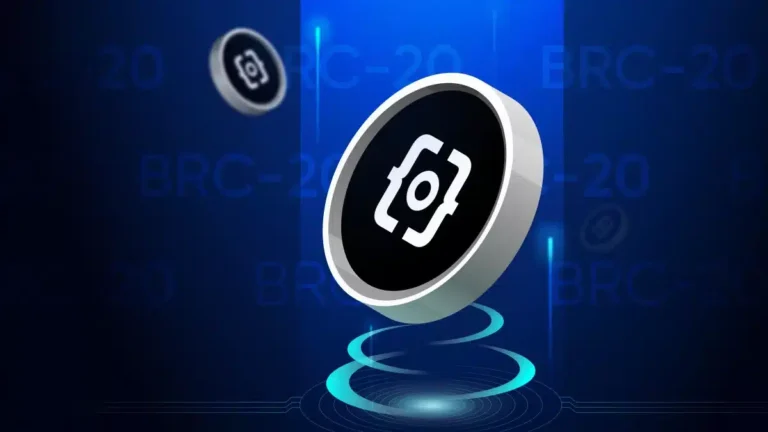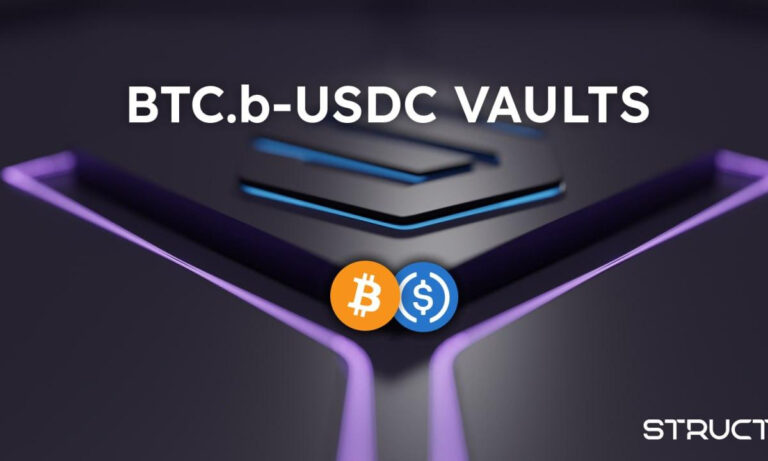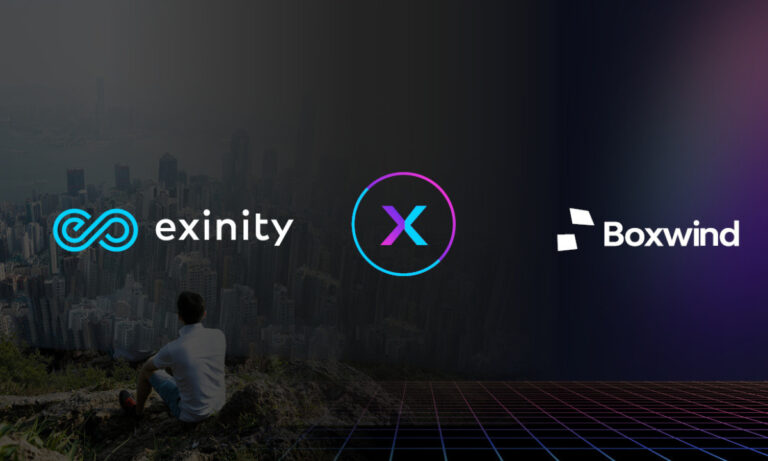IOTA 2.0 DevNet Nectar Release: A New Era for IOTA

The IOTA Foundation has released the Nectar Release of the IOTA 2.0 DevNet, a new development network for the IOTA cryptocurrency. The Nectar Release is a significant milestone in the development of IOTA, as it is the first fully decentralized version of the network.
The Nectar Release includes a number of new features, including:
- Feelessness: Transactions on the Nectar Release are free, without any fees charged to users or nodes.
- Security: The Nectar Release is designed to be more secure than previous versions of the IOTA network. It uses a new message structure that makes it more difficult to spam the network, and it uses a new consensus mechanism that is more resistant to attacks.
- Decentralization: The Nectar Release is a fully decentralized network that does not rely on a coordinator. This means that the network is not controlled by any single entity, and it is more resistant to censorship and manipulation.
The Nectar Release is an important step in the development of the IOTA cryptocurrency. It provides a testbed for developers to experiment with the new features of IOTA 2.0, and it will eventually be used to transition the IOTA mainnet to a fully decentralized network.
Feelessness
One of the most significant features of the Nectar Release is that it is feeless. This means that transactions on the Nectar Release are free, without any fees charged to users or nodes. This makes IOTA more accessible to a wider range of users and applications.
In the past, IOTA has been criticized for its high transaction fees. This was due to the fact that the IOTA network used a centralized coordinator to approve transactions. The coordinator was necessary to prevent spam attacks on the network, but it also meant that IOTA was not truly decentralized.
The Nectar Release eliminates the need for the coordinator by using a new consensus mechanism called Curl. Curl is a more secure and efficient consensus mechanism that does not require a central authority. This makes IOTA more decentralized and more accessible to a wider range of users and applications.
Security
The Nectar Release is also designed to be more secure than previous versions of the IOTA network. It uses a new message structure that makes it more difficult to spam the network, and it uses a new consensus mechanism that is more resistant to attacks.
The new message structure makes it more difficult to spam the network by requiring transactions to be signed with a valid address. This makes it more difficult for attackers to create fake transactions or send spam messages.
The new consensus mechanism, Curl, is also more resistant to attacks. Curl is a quorum-based consensus mechanism, which means that a majority of nodes must agree on a transaction before it is confirmed. This makes it more difficult for attackers to take control of the network or to prevent transactions from being confirmed.
Decentralization
The Nectar Release is a fully decentralized network that does not rely on a coordinator. This means that the network is not controlled by any single entity, and it is more resistant to censorship and manipulation.
In the past, IOTA has been criticized for its reliance on a coordinator. The coordinator was necessary to prevent spam attacks on the network, but it also meant that IOTA was not truly decentralized.
The Nectar Release eliminates the need for the coordinator by using a new consensus mechanism called Curl. Curl is a more secure and efficient consensus mechanism that does not require a central authority. This makes IOTA more decentralized and more resistant to censorship and manipulation.
Conclusion
The Nectar Release is a significant milestone in the development of IOTA. It is the first fully decentralized version of the network, and it includes a number of new features that make IOTA more secure, accessible, and efficient.
The Nectar Release is an important step in the development of IOTA, and it is a major milestone on the road to a fully decentralized and secure IOTA network.










